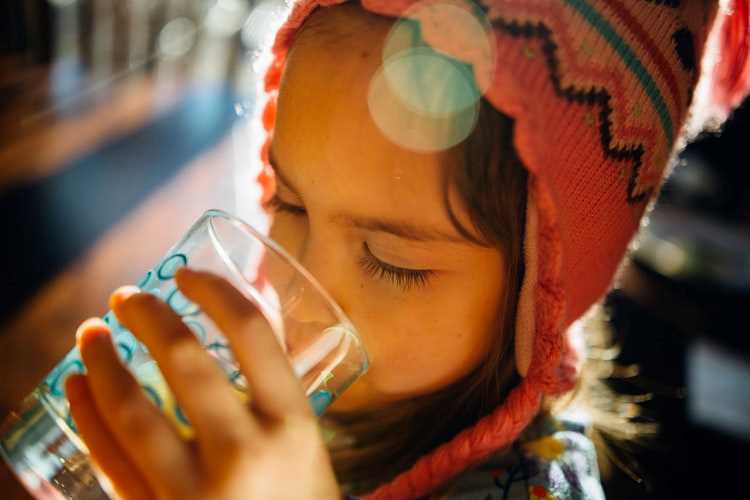The call for focused research to determine if the water treatment methods currently in use are effective in killing the new coronavirus is getting louder, as the world struggles to tackle the most severe health emergency in more than 100 years.
Dutch scientists have detected the presence of the new coronavirus in sewage waters, highlighting the need to develop effective monitoring systems against future outbreaks. Studies have revealed that microbes belonging to the coronavirus family originating from the faecal discharge of patients can exist and maintain their viability in hospital wastewater and sewage systems. They can remain infectious for days in sewage and for longer periods in drinking water.
READ: Coronavirus and capitalism’s hour of crisis
READ: In depth: Seven ways coronavirus outbreak will change human life
An important area for the water research community to explore is the survival of the new coronavirus in the urban water cycle and its possible consequences to public health, Haizhou Liu, associate professor of chemical and environmental engineering at the University of California, and Professor Vincenzo Naddeo, director of the Sanitary Environmental Engineering Division at the University of Salerno, wrote in an article published in Environmental Science: Water Research & Technology, a journal of the Royal Society of Chemistry in the United Kingdom.
Most water treatment methods may kill coronavirus in drinking water and wastewater. Methods such as oxidation with hypochlorous acid or peracetic acid, inactivation by ultraviolet irradiation, and chlorination may kill the coronavirus. But most of these methods have not been tested specifically on the Covid-19 virus.
READ: Four lessons from Covid-19 for fight against climate crisis
The survival of the virus depends on several factors such as temperature, light exposure, organic matter, and the presence of antagonist microorganisms, says the article. A series of deadly virus outbreaks in the recent past highlights the importance of information on transmission through environmental exposure routes. The authors suggest a target monitoring programme for new coronaviruses during water and wastewater treatment.
A sewage leak in Hong Kong caused a cluster of cases through aerosolization during the SARS outbreak in 2003. While there are no known cases of Covid-19 caused by sewage leaks, infection through this route is possible as the new coronavirus is closely related to the SARS virus. The new coronavirus could also survive on biofilms that line drinking water systems, making pipelines a possible source of transmission.
The way out is the upgradation of existing water and wastewater treatment plants in Covid-19 hot spots, linked to hospitals and nursing homes. Developing countries and some regions within developed countries lack the basic infrastructure to remove common contaminants, forget about the new coronavirus. These places could see frequent COVID-19 outbreaks. The article advises governments to support and finance water and sanitation systems.



